PEOPLE
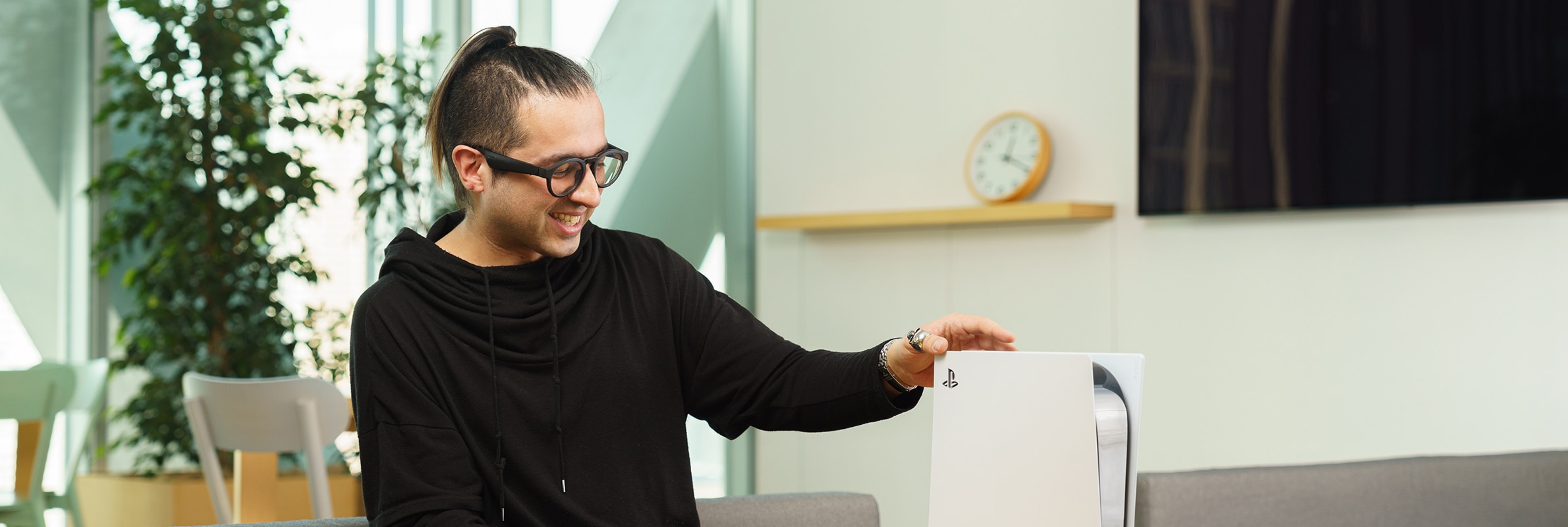
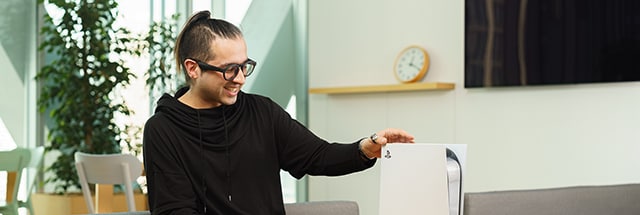
UX Research Aspires to Non-verbal Communication
Experiences Between Products and Users
Ryan Barkataki
Sony Interactive Entertainment Inc.
Pursuing universal, human-centered products through global collaboration
I am a UX Researcher from the Global Design Center at Sony Interactive Entertainment Inc. (SIE) based in Japan. I am also a certified Human-Centered Design (HCD) expert within Sony Group and a leader of HCD activities at SIE in Japan.
As the name implies, HCD is a design methodology that places people at its center. When developing products, we focus on UX (user experiences), not only in pursuit of design, but also in relation to how comfortable and easy it is for users to operate and use our products.
At SIE, I am responsible for product development work on PlayStation® products, including wireless controllers. From an HCD perspective, we have contributed to product development by conducting detailed research on how to make setting up PlayStation®5 as smooth as possible.
While collaborating globally, we take on a wide range of roles from user research to prototyping and incorporate the information we gain from user feedback into our products. Since SIE's products are sold globally, it is important to transcend differences in culture and customs by bringing out the universal human-centeredness of our products.

In graduate school, I learned that design must focus on the end user, not myself
My career as a UX researcher started with industrial design and human-computer interaction, both of which I studied at graduate school in London.
When I was a student, the process of showing my work to other students and obtaining feedback was hugely important. It taught me that I must design for the people who I want to use the product, without putting myself front and center. This has certainly led me to where I am now.
After I finished graduate school, I worked in design for several agencies in London and in the medical and automotive fields in Tokyo before joining SIE in 2017.
Since I grew up surrounded by Sony products, I am truly fortunate to have this opportunity to work for the Sony Group. I have always been intrigued by the combination of excellent practicality and design of the Walkman®, Discman®, PlayStation®, headphones and other Sony products. Through state-of-the-art games, SIE products create a common experience for users around the world. Talking about PlayStation® allows them to share similar memories with many friends. Few products have had such wide-reaching mental and physical impacts.
After joining the company, I was able to meet like-minded members who were determined to create products that would resonate with their target users. That is another great value of working at SIE.
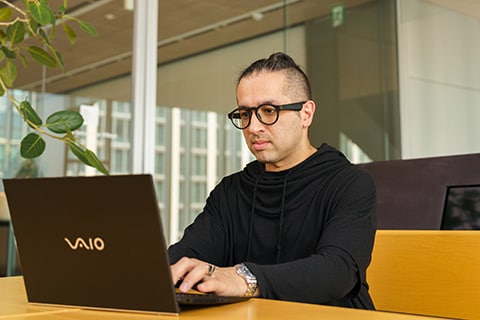
Applying HCD to research methods
The project to develop toio™, a robot toy that supports children's play, made us realize how widely the HCD process is required.
When developing products for specific user groups, it is necessary to conduct product tests that are optimal for those users. HCD must also be applied to the research experience itself in order to obtain appropriate feedback.
In the case of toio™, user interviews targeted children between the ages of 4 and 5. To faciliate the interviews, we adults decided to put on white coats to look like toy inventors to encourage them to speak freely. We bought a lot of toys and laid them out on a table in a space we created to look like an inventors' laboratory in the Creative Lounge on the first floor of Sony City. The children were so absorbed in playing with them that they voiced their impressions freely.
One thing I like about SIE is that instead of rejecting such an unconventional approach to user interviews, everyone finds it interesting and encourages us to give it a try. I believe this research process was a contributing factor in the success of the toio™ development project.
An interesting part of this job is that I get to see the users' reactions directly. I enjoy reading reviews online or offline and seeing children playing with demo consoles at actual venues such as electronics retail stores and the Tokyo Game Show. While doing so, we never forget to note down areas where improvements are possible. We listen to both positive and negative feedback and continue to seek ways to make improvements. Research is always a continuous cycle of improvements.
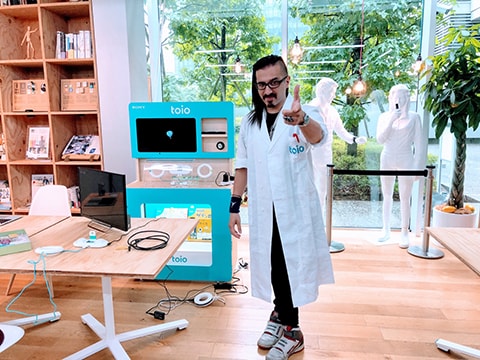
HCD is essential for creating the best UX
HCD is an essential element of the creation of both SIE products and services. The HCD process validates all the elements noted during research, such as button size, shape, texture, materials, and finish. Our team in the U.S. continuously reviews every service and feature of the PlayStation®5 and delivers daily feedback on improvements to ensure that we provide the best possible player experience.
For example, when I worked on the HCD process for the DualSense Edge™ wireless controller, we interviewed a number of domestic and international professional gamers to create a controller with a wide range of customization options. We studied which ideas should be adopted to provide an unprecedented experience. I believe the UX researcher's role is to incorporate the opinions of stakeholders and our users into creating the best possible UX.
At SIE, suggesting and testing ideas is always encouraged. Colleagues almost never dismiss ideas on how to utilize the results of our research. I am able to adopt a very open-minded approach to my work because opportunities to take up challenges are constantly available.

I would like to apply the concept of non-verbal communication to our products through UX research
I find the Japanese concept of ishin-denshin (non-verbal communication) fascinating and want to reflect it in our products. Ishin denshin is something like a flow of unspoken language or tacit knowledge that exists between people. It is a form of understanding that arises from grasping clues from people's movements, facial expressions and other elements of body language. Products that reflect this enable users to understand all their functions just by touch, without a manual, and to gain a tacit knowledge of them through something like telepathy. At the same time, we need to learn from the users constantly in order to better serve them and improve their overall experience with the product. My main goal is to create products that anyone can use simply by picking them up, without instructions or videos.
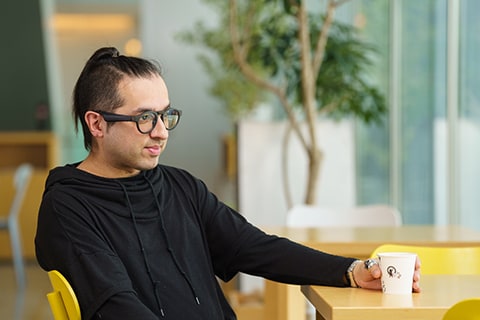
- *toio™ is available for purchase in Japan and China

